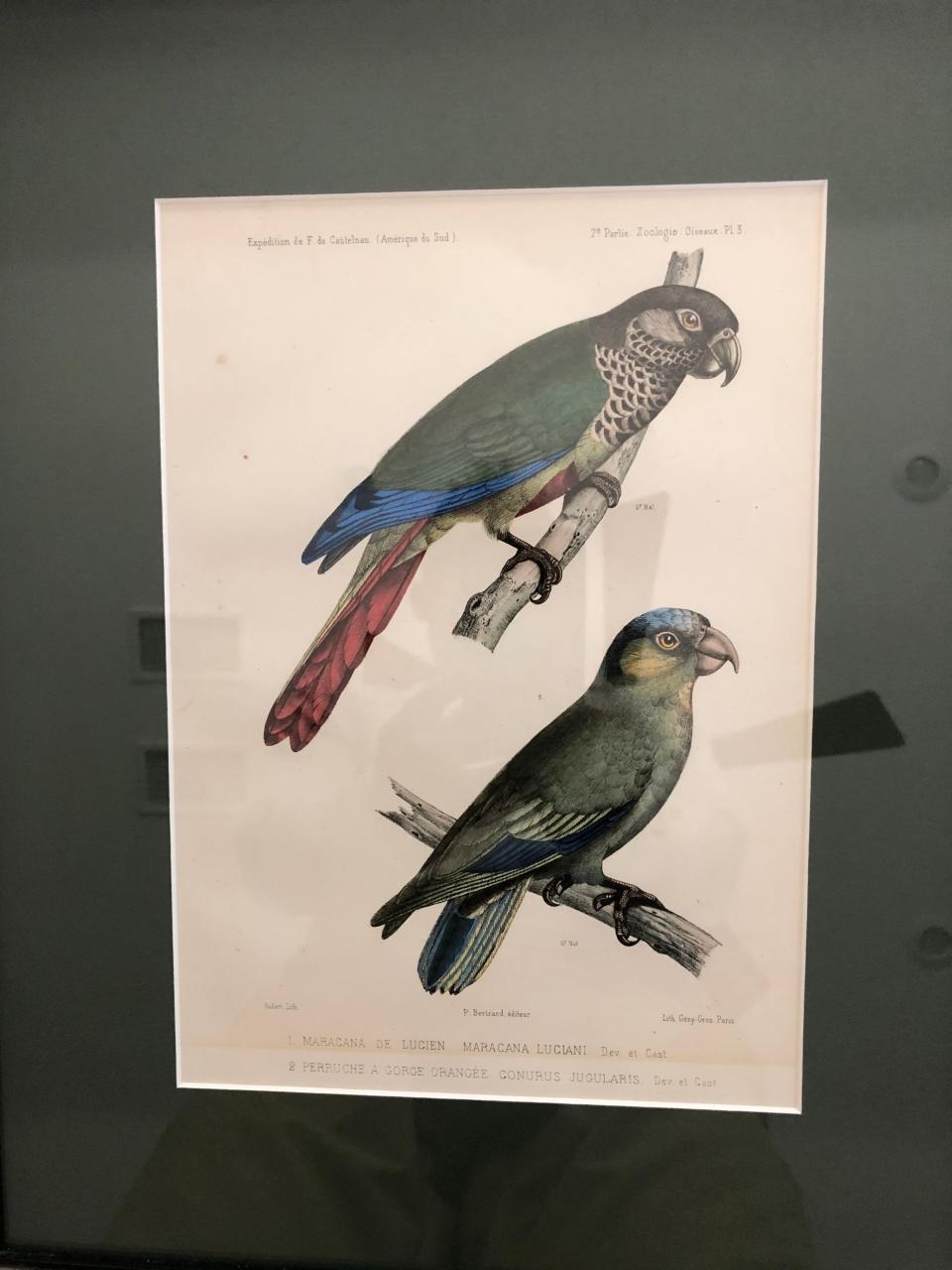Antiques: Art prints are for decorators… and sometimes collectors

Let's start today's article with an easy question. How many of you out there have adorned your walls with prints of artwork, maps, or photographs? Thought so. Virtual hands are raised everywhere. In fact, the art of printmaking has evolved enormously over the years, from Sumerian times to today's digital imagery. Prints are among the most popular decorative objects around the world, but as a class, their collectible value has declined significantly over the last 25 years.
Let's turn back the clock to see how prints have evolved over the centuries.
To start with, the Sumerians of southern Mesopotamia (now modern Iraq) are generally credited with making the first prints, with the Chinese not far behind. Sumer was an advanced culture for its time, lasting some 2,500 years and ending around 2,000 BC. Their technique was to engrave images or words onto a stone cylinder and then roll the cylinder over documents for purposes of authentication.
Over the centuries, this process evolved into larger engravings whereby artists would carve imagery into a flat wood surface called a matrix, coat the matrix with ink, and then press paper over the coated surface. The early wood block prints that resulted could thus be made in multiples and at substantially reduced cost.
As more time passed, engravers began to work with metal plates rather than wood, recognizing that metal's durability would allow for more prints to be made from a single matrix. The earliest makers of metal plates often had experience as goldsmiths or ironworkers. Those with an artistic bent would apprentice themselves to established engravers, learning the process and slowly perfecting their technique.
Artists who weren't themselves engravers would often hire these tradesmen to transfer their work into this medium. So, by the 16th century, books and newspapers began to appear with pictures made from these hand-engraved plates. While photography was still 300 years away, this was a period where virtually all reproduced imagery was in the form of engravings. One notable example was Captain Cook's three volume atlas printed from 1774-1785 that included engraved maps and images of the New World that had never been seen by Europeans.
Not long after, a giant leap occurred in printmaking when a German playwright accidentally discovered lithography. The otherwise forgotten Alois Senefelder found that he could duplicate his scripts by writing them on a tablet using a greasy crayon and then rolling paper over the copy. Today's lithographs are etched onto metal plates and prints are made using much the same roll-over technique.

In the 20th century, limited-edition lithographs from prominent artists became hugely collectible; that is until the 1990s when the market was flooded with lithos of every description. Since then, relatively few have increased in value and many have declined precipitously.
Of late, the landscape has changed again with the advent of digital printing. Offering higher resolution and contrast than lithographs, digital prints, or "gicles," can be made in any size and number, making them ideal offerings for mass merchants. However, their value is entirely decorative, as they have little direct connection to the original artist.
If you're looking to spruce up an ugly wall, go to your local big-box store and choose from a million gicles. But if you're looking for value, consider lithographs printed in very limited numbers and signed by artists such as Norman Rockwell. Those will hold their worth.
Mike Rivkin and his wife, Linda, are longtime residents of Rancho Mirage. For many years, he was an award-winning catalogue publisher and has authored seven books, along with countless articles. Now, he's the owner of Antique Galleries of Palm Springs. His antiques column appears Sundays in The Desert Sun. Want to send Mike a question about antiques? Drop him a line at info@silverfishpress.com
This article originally appeared on Palm Springs Desert Sun: Antiques: Art prints are for decorators… and sometimes collectors

